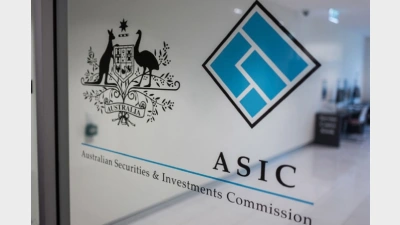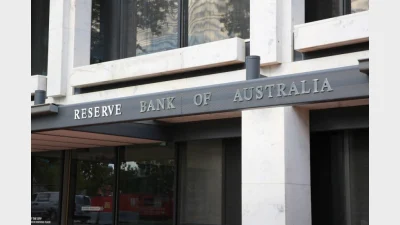(December-2001) Super looks to make a splash into hedge funds
The number of superannuation funds using hedge funds can be counted on two hands, according to asset consultants at the summit.
InTech Asset Consulting’s head of investment research Dennis Sams says he knows of less than 10 funds using hedge funds. “Funds have a dipping-their-toes-in-the-water approach to hedge funds, as there is the perception that there is a lot of risk,” he says.
Frontier Investment Consulting senior consultant Sam Sicilia has about three clients using hedge funds, but admits there is not much demand, while Towers Perrin managing director of national asset management Paul Laband has only one client with a hedge fund mandate, although he says other clients are interested in using this asset class.
Sams says that absolute returns are driving superannuation funds’ interest in hedge funds. But he warns the historic returns for hedge funds are not going to be achieved in the future.
Laband notes that superannuation funds are concerned about the unregulated market that exists for hedge funds and also about the liquidity of funds.
He says in a low-return environment, a fund has to look at investments such as hedge funds, but they should be part of the investment strategy, rather than portfolio construction.
What size of fund should be looking at hedge funds? Sicilia says any fund can do so, but warns that smaller funds should firstly look at diversifying their investments to include asset classes such as property.
And on how much should a fund allocate to hedge funds? Laband says up to five per cent, but not in one hit. Sicilia says between three and five per cent, while Sams says five per cent should be the minimum for the investment to have some impact on the portfolio’s performance.
Recommended for you
The structural shift towards active ETFs will reshape the asset management industry, according to McKinsey, and financial advisers will be a key group for managers to focus their distribution.
ASIC has warned that practices across the $200 billion private credit market are inconsistent and, in some cases, require serious improvement.
A surge in electricity prices has driven the monthly Consumer Price Index to its highest level in a year, exceeding forecasts.
Infrastructure well-positioned to hedge against global uncertainty, says investment chief.







